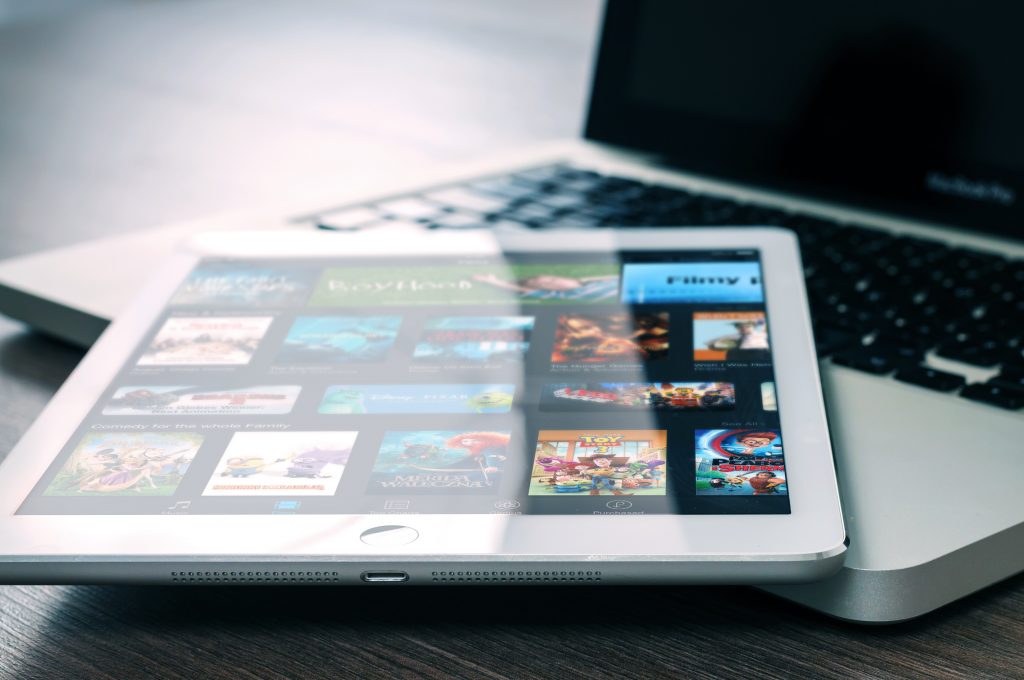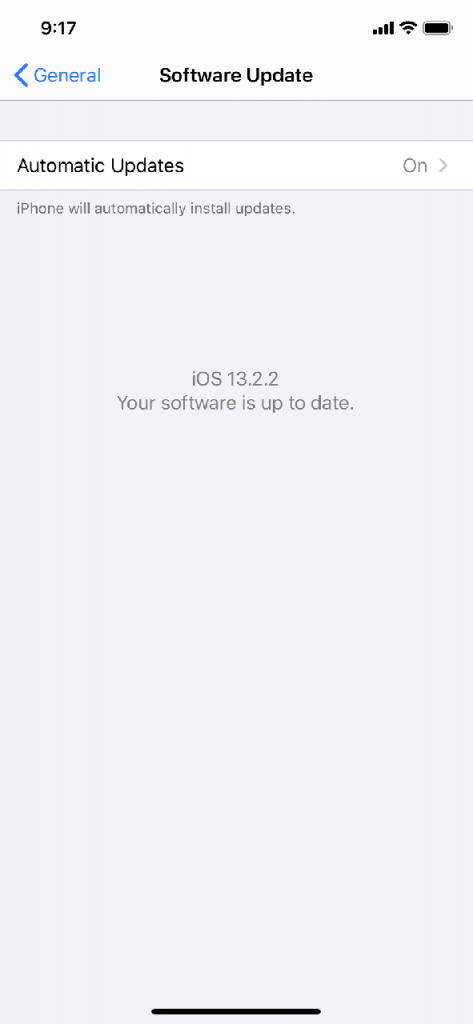If you own an iPad, then you know that the functionality of the popular Apple-designed tablet is usually dependable in most areas. However, like any electronic device, it can run into trouble occasionally. For instance, maybe you’re finding that your iPad cannot connect to iTunes like it’s supposed to. Let’s look at why you’d need to connect to iTunes, as well as some troubleshooting options if your tablet seems reluctant to do so.

Why Would You Want to Connect to iTunes through Your iPad?

There are lots of reasons why you might want to connect to iTunes through an Apple device, like an iPad or an iPhone. The most obvious is because you want to buy something from the store. There is a multitude of products that you might want to purchase through iTunes, like new albums from your favorite artists, games, or podcasts.
You pay for such items with whatever primary credit or debit card you’ve attached to your account. Your connection to iTunes is customized through your Apple ID, and when you indicate that you’d like to buy something, you’re asked to give your password. Once you do, you get the license to whatever it is you bought, and it becomes a permanent part of your media library.
There’s another reason you may want to connect to iTunes sometimes, though. That is when you want to look up the information for one of your devices. For example, maybe you’ve connected your iPhone to the iPad via the USB cable, and you’re trying to get the latest version of iOS on it because it is malfunctioning. iTunes serves as a way to return the functionality to misbehaving Apple devices, so that’s another element that might play into why you want unrestricted connectivity to it.
How Will You be Able to Tell if Your iPad Cannot Connect with iTunes?
Let’s say that you’re trying to connect with iTunes through your iPad. You click on the icon on the tablet’s display. Under normal circumstances, the iTunes store should come up relatively quickly, assuming that you have a secure Wi-Fi connection or cellular service.
Instead, though, you might see a message that says “Cannot Connect to iTunes Store,” or something along those lines. It might also seem that you have connected, but the store won’t display anything. You might even be in the midst of downloading content through iTunes, but then the functionality stops unexpectedly.
Let’s talk about what you can do if any of the above are taking place.
Your Connection Might be Why Your iPad Can’t Connect with iTunes
The most obvious thing to check on first is your internet connection. Use the browser of your choice to try to connect to some other website, and see if it loads like it is supposed to. If it doesn’t, then you can use another device on that same network and see if you can connect to any websites. If you can’t, then that’s a sure sign your internet is out, and that’s what’s to blame.
Try turning the router off and then on again to reset it. Pull up the list of Wi-Fi networks on your iPad. Select the one to which you have access, and put in the password. If it still is not working, then you’ll need to contact your Wi-Fi service provider. Ask them if there are any service outages where you are, and when the situation will be corrected. Hopefully, they should have you up and running again before too long.

What About if You Are Using Cellular Service for Your iPad?
If you’re using cellular service on your iPad to try to connect with iTunes, then make sure that you’ve turned on cellular data for the iTunes Store. Go to Settings, then Cellular, and turn on Cellular Data by toggling the switch to the right. If it turns green, then you have done it correctly.

Maybe the Connectivity Issue is with iTunes
The problem might be on iTunes’ end rather than with your iPad. To see if that is the case, go to the Apple Systems Status page and see if there is any message related to iTunes. If there are any interruptions in service to your country or region, it will be mentioned, as well as information as to when the problem might be resolved.
You Might Need to Update Your Account with Apple
The next fix would be to sign out and then back in if you have recently changed your Apple ID or password. Go to Settings, then tap Your Photo. Go to the iTunes and App Store. Tap your Apple ID and sign out. Then, tap Sign In again and put in your password when prompted.

You may also get asked to verify your payment information at this point. Look to see if the right payment method, first and last name, and your billing address are there. If you need to make any updates, do so.
Try Updating iOS if Your iPad Still Can’t Connect to iTunes
If nothing has worked yet, the next thing to do is to see if there is a newer version of iOS for your iPad. Getting the latest version might allow you to connect with iTunes if there is a software bug with which you are dealing.
Go to Settings, then General. Hit Software Update. If you see one there, tap it. Within a few minutes, you should be running the latest iOS. Check to see if iTunes is working for you now.

Check the Time and Date on Your iPad
You can also check the date and time on your iPad. This corrects several potential problems, connectivity with iTunes being one of them. Go to Settings, General, and then Date and Time. If an adjustment is needed depending on your region or country, then do that. You can also turn on the option to set it automatically so that this will not be an issue in the future.

A Couple of Final Options Related to iTunes Connectivity
If you still seem unable to connect with iTunes via your iPad, then one final thing you might try is switching to Wi-Fi if you’ve been attempting to do so exclusively through cellular service up to this point. If you are trying to download games, podcasts, apps, or videos, then the size of the files might mean that only a secure Wi-Fi network will get the job done.
If you’re still at a loss, then it’s time to contact Apple Support. You can do so through their website if you want to speak to someone via Live Chat, or you can also call them. If nothing you have tried has worked so far, though, then a hardware issue with your iPad seems like a distinct possibility. To see whether that is the case or not, take the tablet to your local Apple Store with a Genius Bar. The employees there can look it over and possibly devise a solution for you that you haven’t yet tried.






